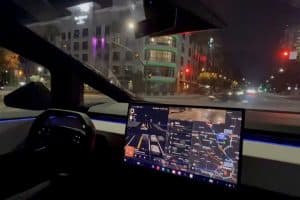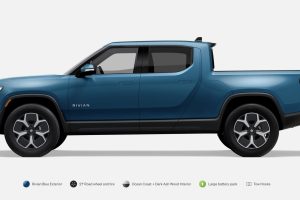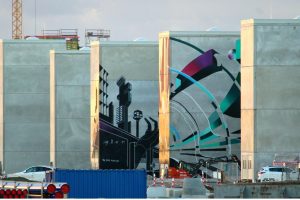From February 22nd to March 7th, Tesla stopped its Model 3 production line at its California production facility, more commonly known as the Fremont factory, according to a recent report.
Someone familiar with the matter suggested that for about two weeks, Model 3 lines would be shut down, with the stop starting this past Monday and lasting until Sunday, March 7th. The person who gave this data wished to remain anonymous.
The report from Bloomberg indicated:
“Staff on a Model 3 production line in Fremont were told their line would be down from Feb. 22 until March 7, said the person, who asked not to be identified because the information is private. The workers were told they would be paid for Feb. 22 and Feb. 23 and not paid for Feb. 28, March 1, 2 and 3. They were advised to take vacation time, if they had it.”
At this point, the rationale for the production halt is still undisclosed. The primary cause, however, seems to be increasing speculation about a shortage of semiconductors worldwide, although it has not been proven. Tesla acknowledged during the Q4 2020 Earnings that there was a shortage and that the situation going forward was “working extremely hard to manage.” Zachary Kirkhorn, Tesla’s CFO, said that the shortage could cause the automaker to have non-permanent consequences.
Kirkhorn said:
“Specifically for Q1, our volumes will have the benefit of early Model Y ramp in Shanghai, However, S and X production will be low due to the transition to the newly architected products. Additionally, we’re working extremely hard to manage through the global semiconductor shortage as well as port capacity, which may have a temporary impact. We will continue to invest heavily in supercharging and service capacity while driving reductions on cost, including open as a percentage of revenue. Global demand continues to outpace production, and we’re moving as quickly as we can with a focus on the long term.”
The Model 3 line at Fremont is responsible for producing Tesla’s most popular car. In order to give customers some of the best bang-for-your-buck EV features available on the market today, the all-electric sedan blends affordability with durability and acceptable range ratings. In addition, for years, Tesla has been refining Fremont, working on adding new production lines, upgrading equipment, improving certain facilities within the plant, and expanding the factory’s overall footprint to allow more wide-scale production.
In terms of production performance, the Fremont Factory is still Tesla’s most robust performer. The company’s figures indicate that the factory in Northern California will produce about 600,000 vehicles annually: 500,000 of them are Model 3 and Model Y vehicles. The remaining 100,000 are Model S and Model X vehicles, which, for “sentimental reasons,” CEO Elon Musk has said in the past, are still built.





